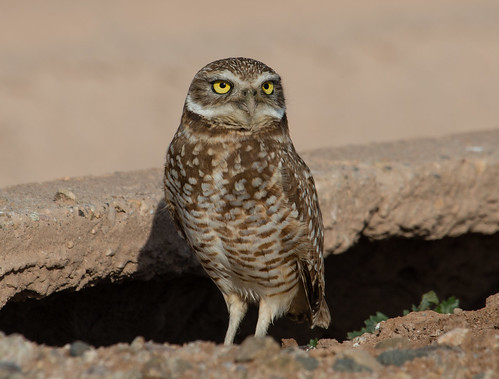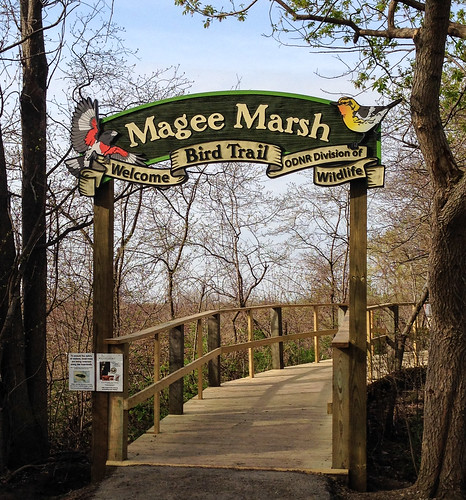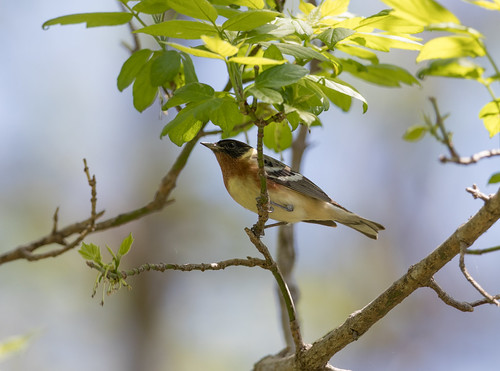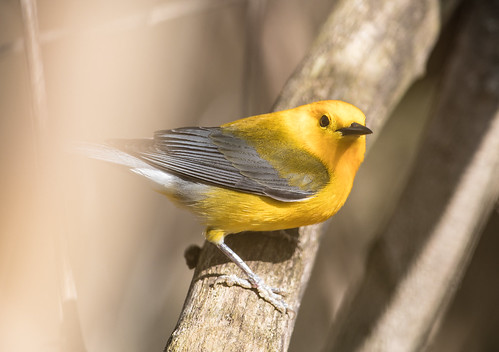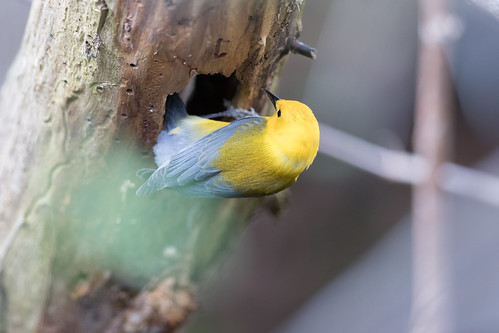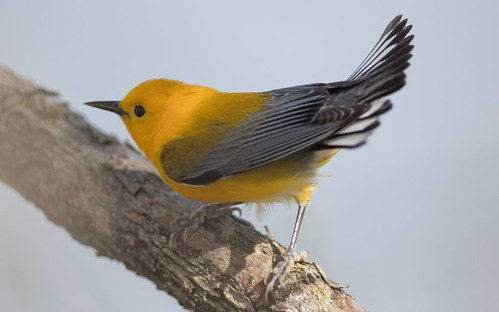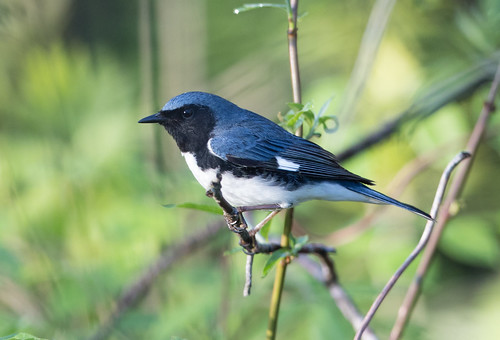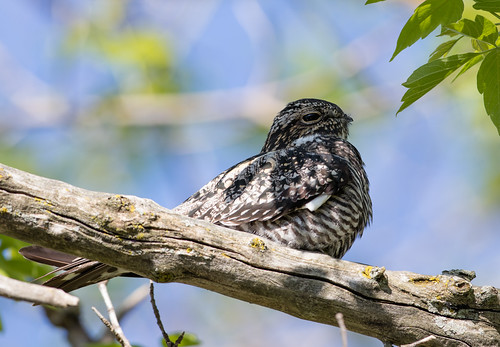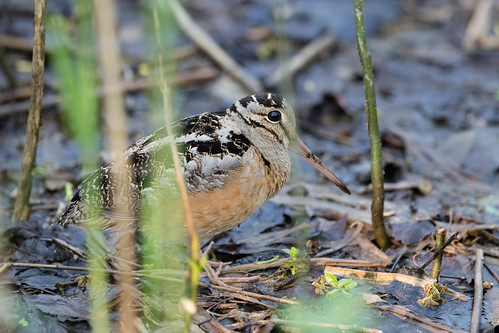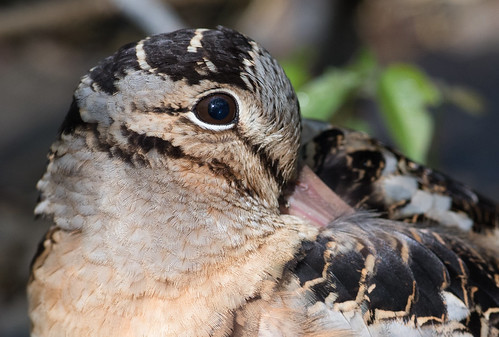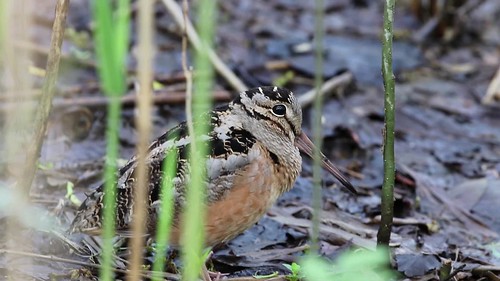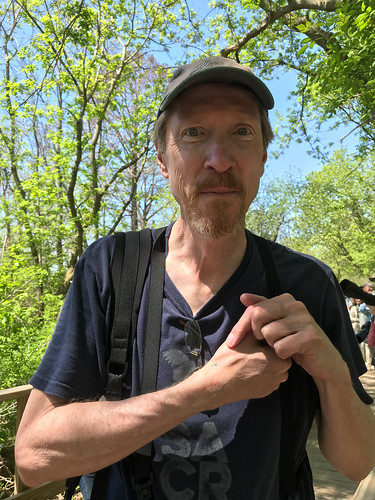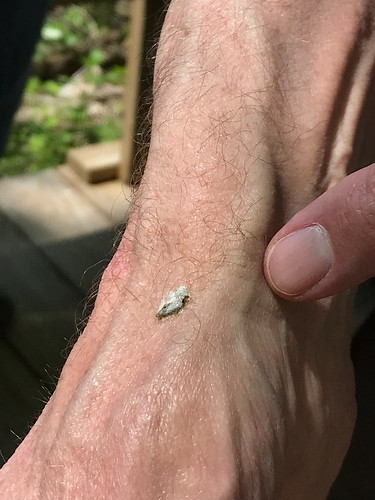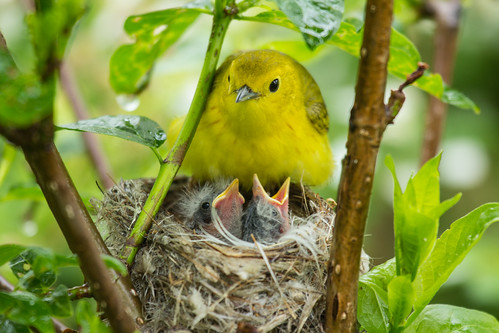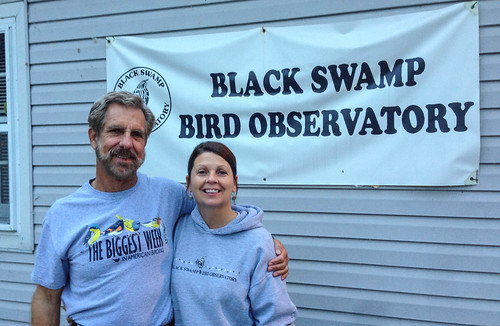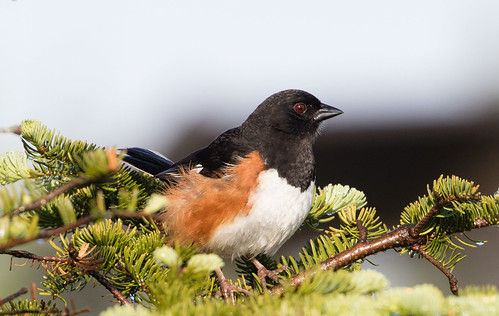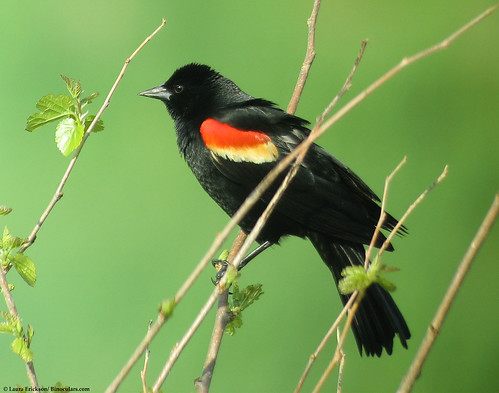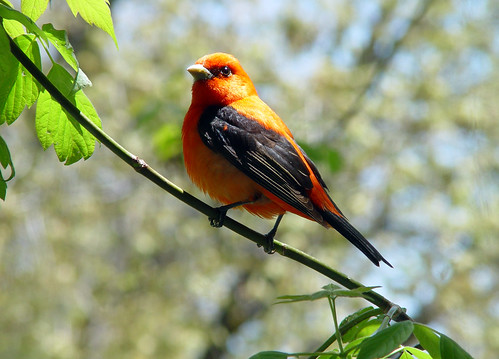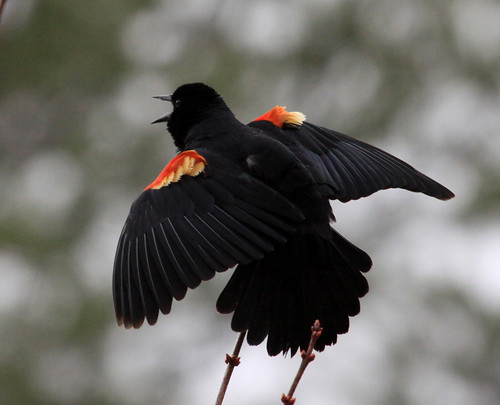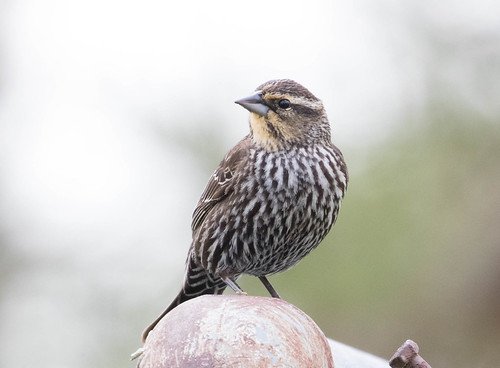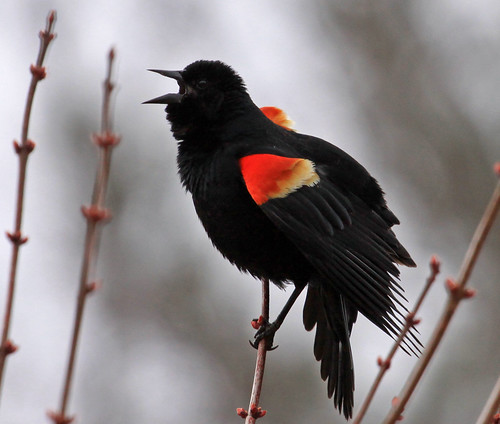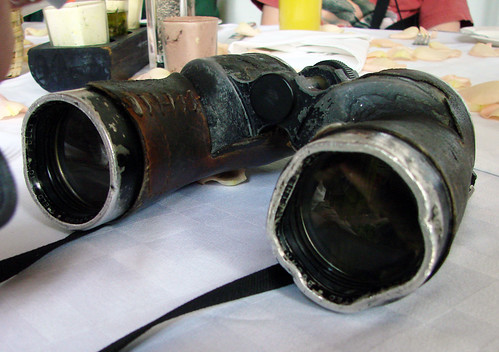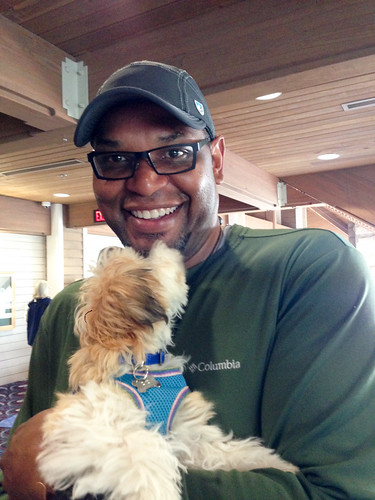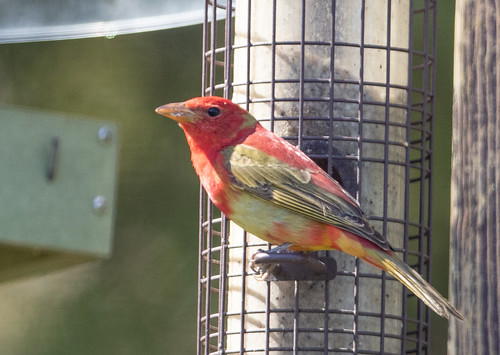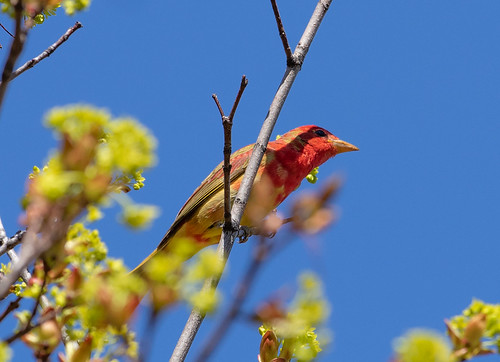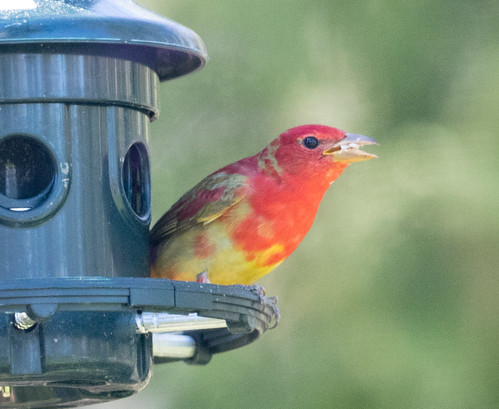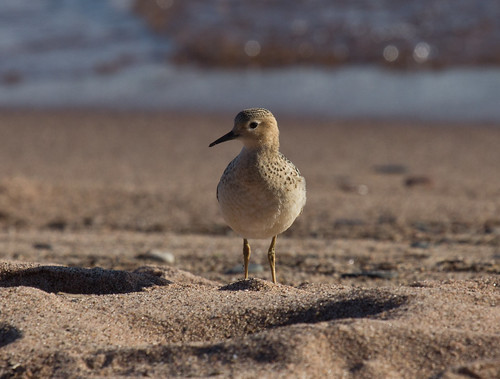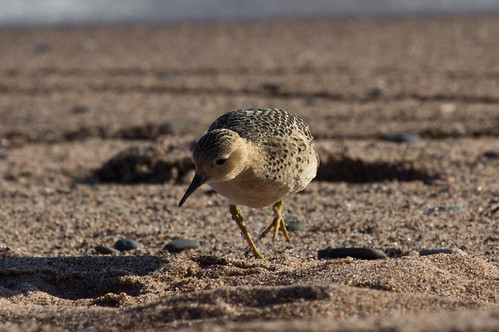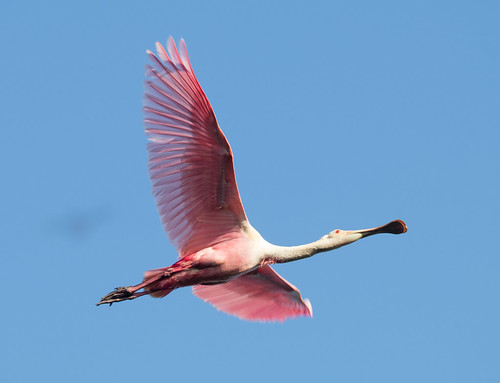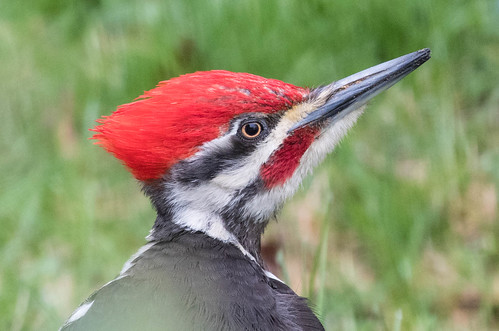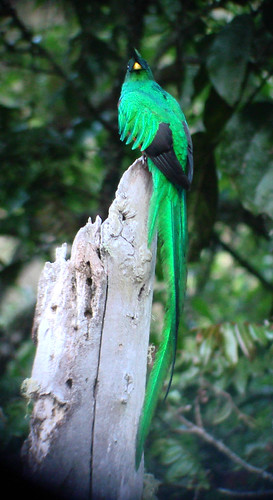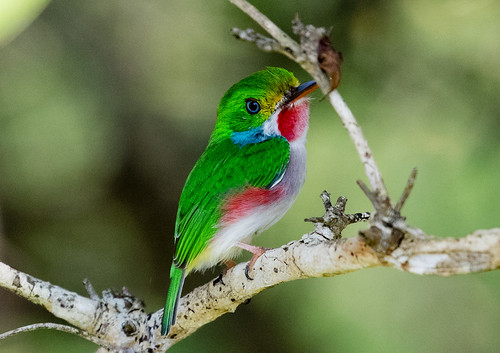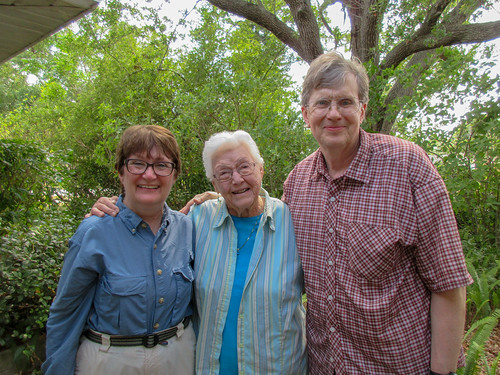 |
| Copyright 2018 by Mike Farmer; used with permission |
Last Thursday, I got an email from a listener named Mike. He writes:
For the past several months I've been watching a Great Grey on 133 just west of Canyon. I've stopped countless times to watch and photograph this guy and had established quite a fondness for this particular critter. On my way to the bog this morning I found him on the side of the road, victim of a likely collision with a car. Needless to say, I was completely gutted. As I continued into the bog, I remembered something from a recent program of yours. Something to do with the quiet eternity of the moment. As I reflected on this, I remembered all of the moments I shared with this guy and the joy he brought into my life.As I read Mike’s letter, my heart started hurting, anticipating how it was going to turn out, especially because I’m pretty sure I saw and photographed that very same Great Gray a couple of months ago. It can be hard to explain to people who don’t spend a lot of time outdoors just how precious it is to be able to count on seeing a particular individual animal in a particular place as time goes by. Simply from a naturalist’s viewpoint, knowing that a particular habitat continues to provide what is necessary for a magnificent predator is very comforting, but that sense isn’t as visceral as the sense of connection we make when we spend time over weeks or months with one individual animal. And of all North American wildlife, making eye contact with an owl touches us to our very souls in a way that no other species can, because of all North American wildlife, only owls have a flattened face with large, forward-facing eyes and a beak placed right where our nose would be. Every human culture has mythology and folklore about these most human-looking of birds.
But the visceral connection we feel when we come close to an owl, its eyes meeting ours, is more than fanciful anthropomorphism and myth-making. Look into an owl’s eyes and you know you’re dealing with someone to be reckoned with. If owls in general have a soulful quality, Great Gray Owls have it at the highest order. To get to know an individual Great Gray Owl, over many months, is something beyond words, and then to come upon that animal, the beating heart and spark of life extinguished—that is genuine tragedy of the kind Robert Frost reckoned with in his poem, Reluctance:
Ah, when to the heart of manMike quoted a recent program of mine, and specifically the words “the quiet eternity of the moment.” I wish I could lay claim to those words, but they were from another listener, Steve Dahlberg, who sent me a letter about the Great Blue Heron saying:
Was it ever less than a treason
To go with the drift of things,
To yield with a grace to reason,
And bow and accept the end
Of a love or a season?
There’s something about its majestic stillness when it hunts and its calm solo flights that has a profound effect on me whenever I see one. I think they are the monks of the bird world, living always in the quiet eternity of the present moment.Steve Dahlberg will be pleased to learn that his resonant words gave comfort in the face of Mike’s grievous loss. I don’t know if animals think much about their past or their future—they probably have a deeper connection with the eternity of the present moment than we mere humans can imagine. As perfect as Steve’s wonderful words were as a description of the Great Blue Heron, they’re wonderfully apt in the context of the soft, silent ways of the Great Gray Owl as well.
I’m very grateful to have my own connections with my listeners, genuine human beings like Mike and Steve.

